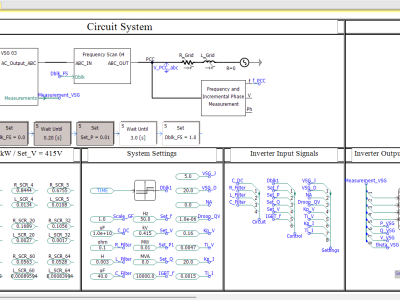
This is the PSCAD simulation for the article "Grid Impedance Adaptive VSG Control Based on Accurate Small-Signal Modelling".
- Categories:

This is the PSCAD simulation for the article "Grid Impedance Adaptive VSG Control Based on Accurate Small-Signal Modelling".

This dataset is designed for the purpose of curve fitting, a key process in the reconstruction of implicit curves. It encompasses a collection of point cloud data that has been sampled directly from curves, as well as the code necessary to generate point cloud data from these curves.
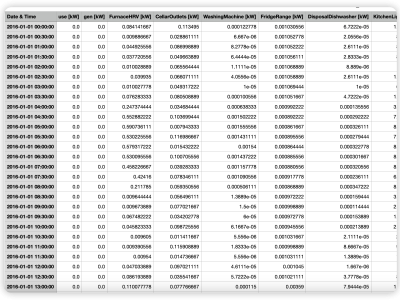
The goal of the Smart* project is to optimize home energy consumption. Available here is a wide variety of data collected from three real homes, including electrical (usage and generation), environmental (e.g., temperature and humidity), and operational (e.g., wall switch events). Also available is minute-level electricity usage data from 400+ anonymous homes.
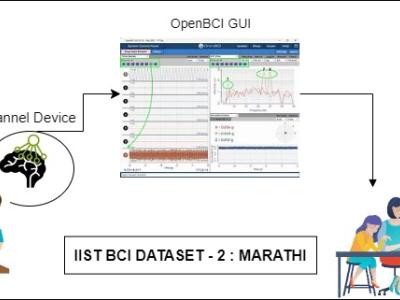
Problems of neurodegenerative disorder patients can be solved by developing Brain-Computer Interface (BCI) based solutions. This requires datasets relevant to the languages spoken by patients. For example, Marathi, a prominent language spoken by over 83 million people in India, lacks BCI datasets based on the language for research purposes. To tackle this gap, we have created a dataset comprising Electroencephalograph (EEG) signal samples of selected common Marathi words.

These datasets are gathered from an array of four gas sensors to be used for the odor detection and recognition system. The smell inspector Kit IX-16 used to create the dataset. each of 4 sensor has 16 channels of readings. Odors of different 12 samples are taken from these six sensors
1- Natural Air
2- Fresh Onion
3- Fresh Garlic
4- Black Lemon
5- Tomato
6- Petrol
7- Gasoline
8- Coffee
9- Orange
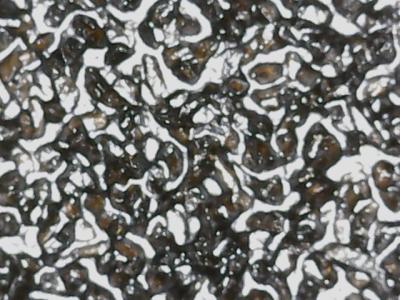
The dataset comprises image files of size 640 x 480 pixels for various grit sizes of Abrasive sheets. The data collected is raw. It can be used for analysis, which requires images for surface roughness. The dataset consists of a total of 8 different classes of surface coarseness. There are seven classes viz. P80, P120, P150, P220, P320, P400, P600 as per FEPA (Federation of European Producers of Abrasives) numbering system and one class viz. 60 as per ANSI (American National Standards Institute) standards numbering system for abrasive sheets.

This is the relevant data in "Monocular Homography Estimation and Positioning Method for the Spatial-Temporal Distribution of Vehicle Loads Identification".
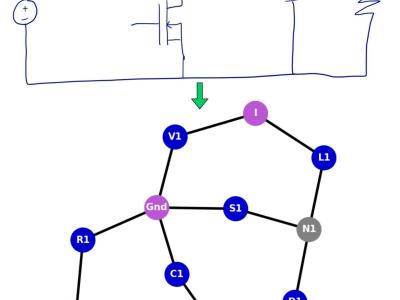
This study presents an automated approach for the generation of graphs from hand-drawn electrical circuit diagrams, aiming to streamline the digitization process and enhance the efficiency of traditional circuit design methods. Leveraging image processing, computer vision algorithms, and machine learning techniques, the system accurately identifies and extracts circuit components, capturing spatial relationships and diverse drawing styles.

The study of motion data acquisition by wearable sensors and subsequent processing is a crucial research area with significant implications in monitoring physiological motion, identifying gait disorders, and classifying motion patterns, which is particularly relevant in pediatrics, neurology, and rehabilitation. This paper presents the utilization of accelerometric data to evaluate body motion symmetry in children, taking into account various factors such as age, diagnosis, and gender.

Since the majority of people have smartphones, the Hb level can be determined using the smartphone's video through PPG signal as opposed to the traditional approaches, which still require the use of a needle to puncture a vein. This study enrolled 108 subjects who underwent a clinical test, with their hemoglobin (Hb) level within the range of 6.6 to 16.5 g/dL.